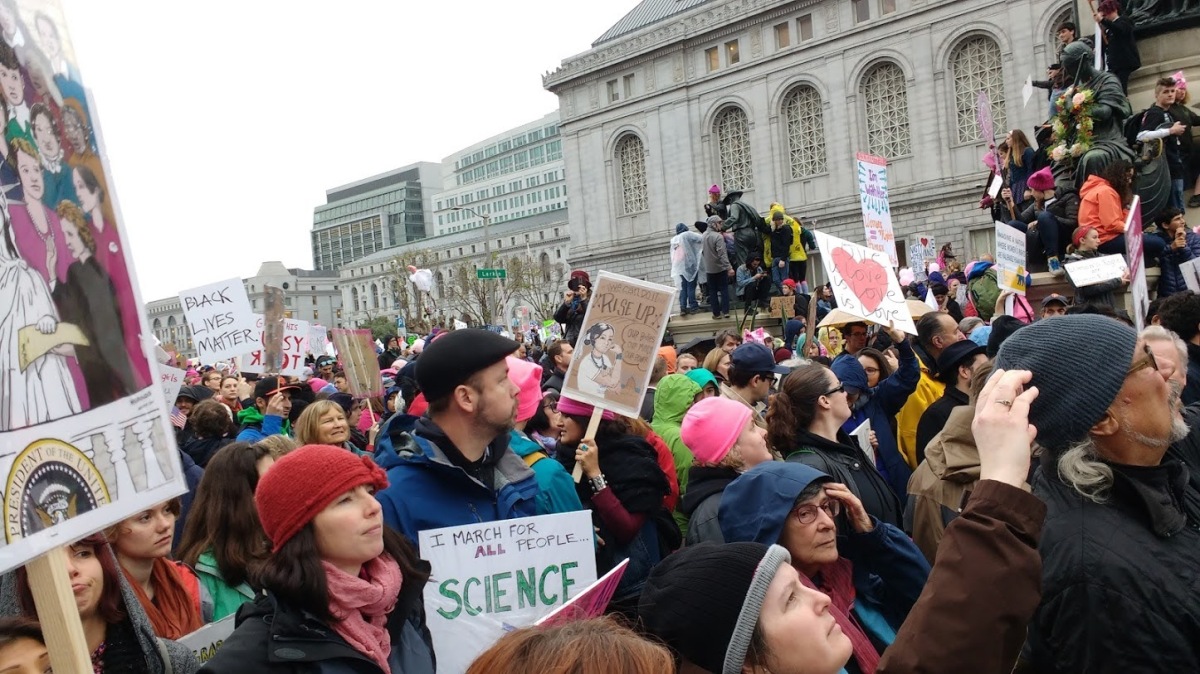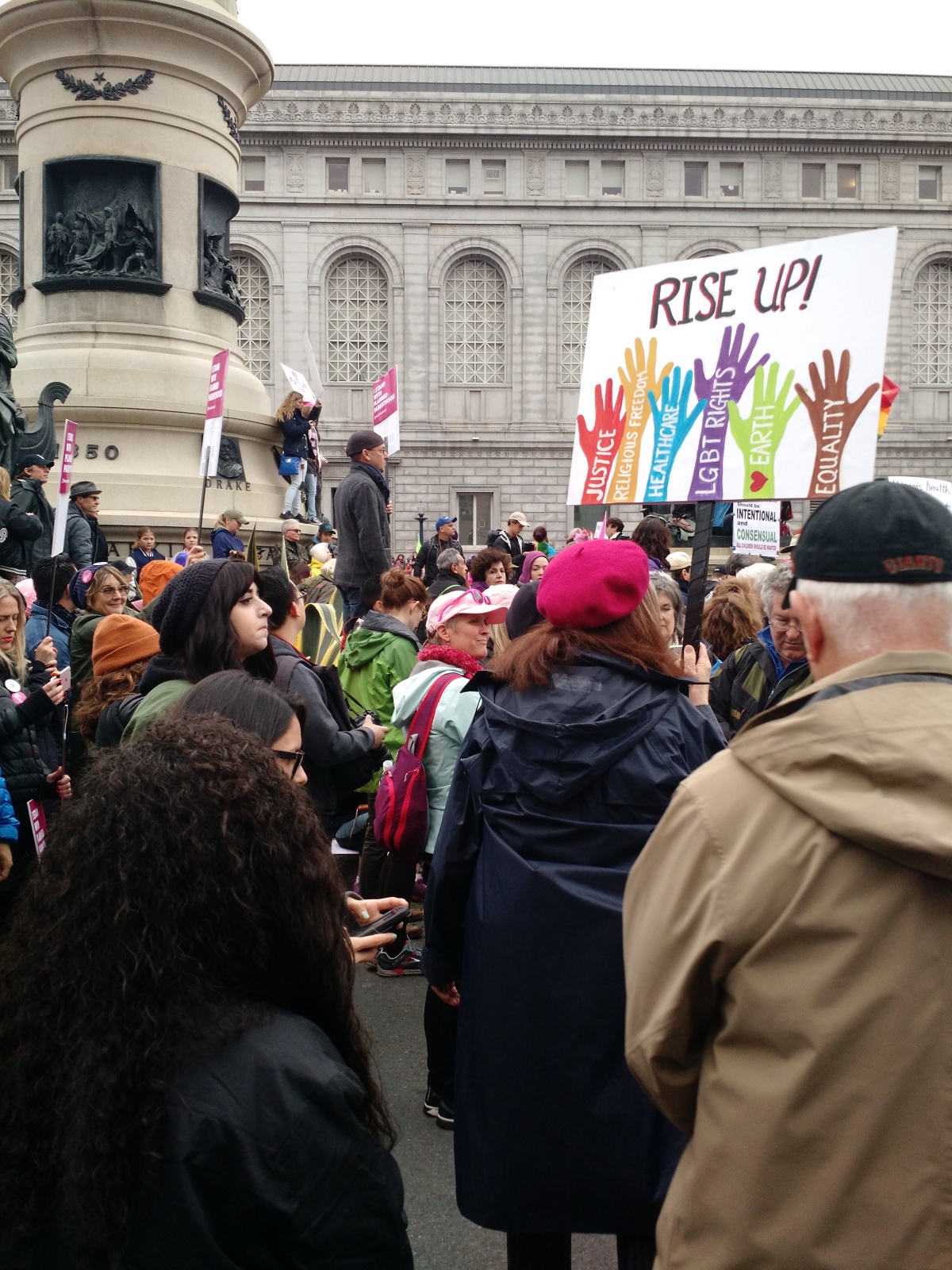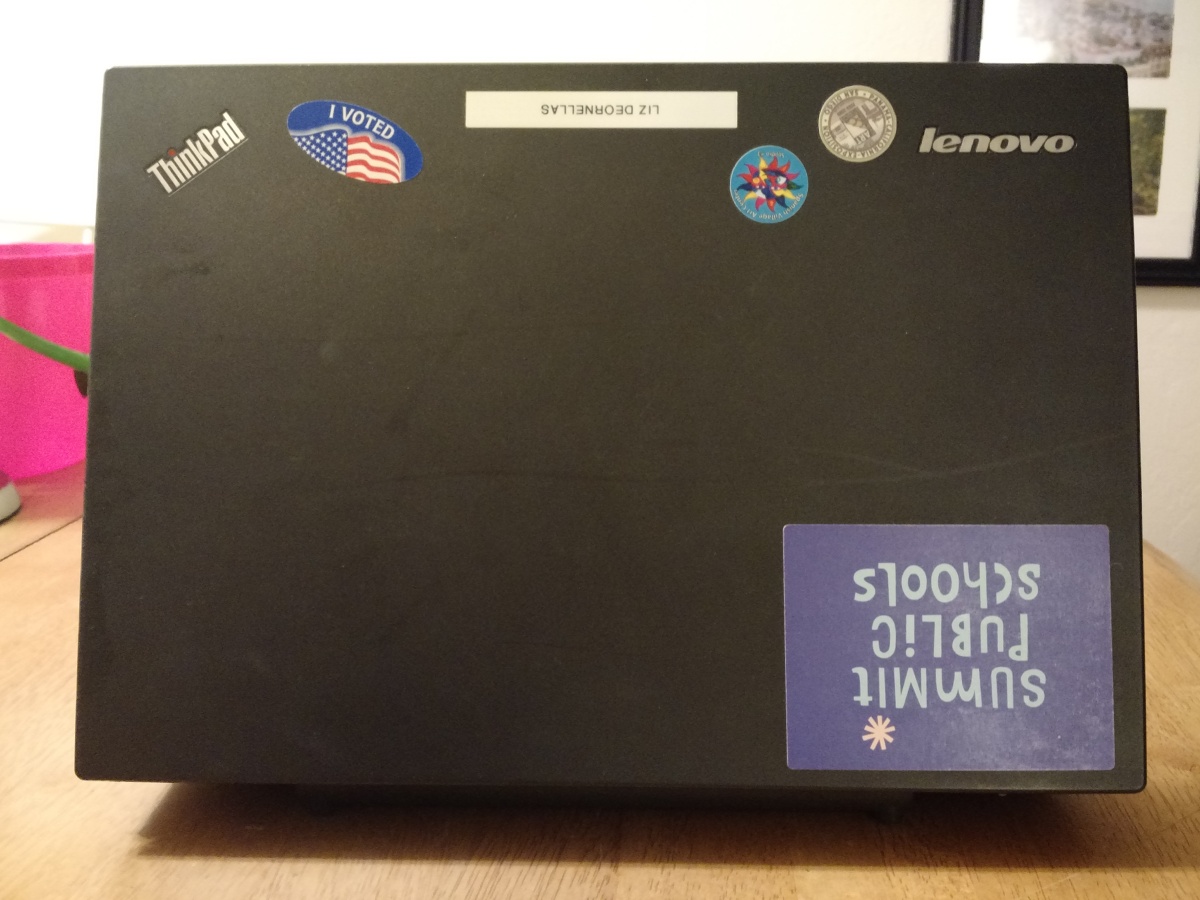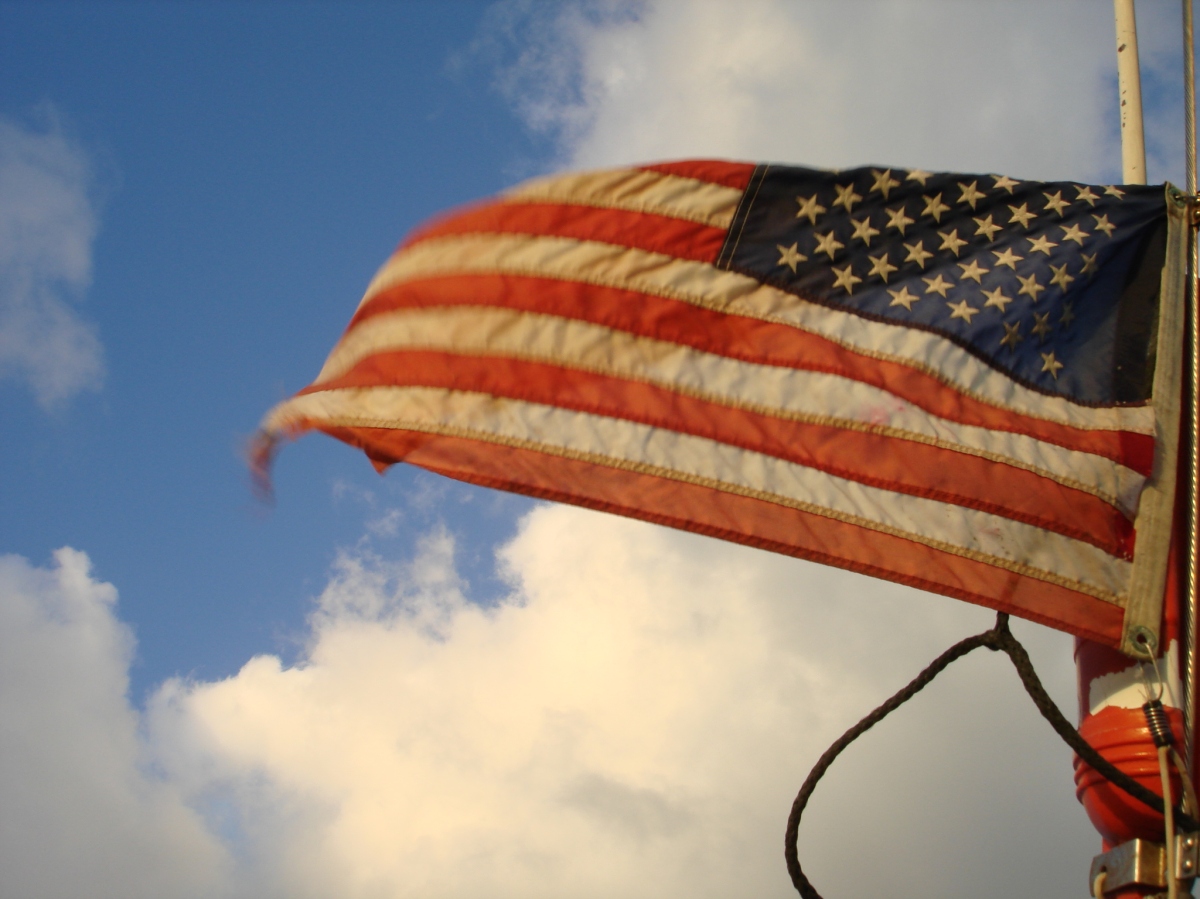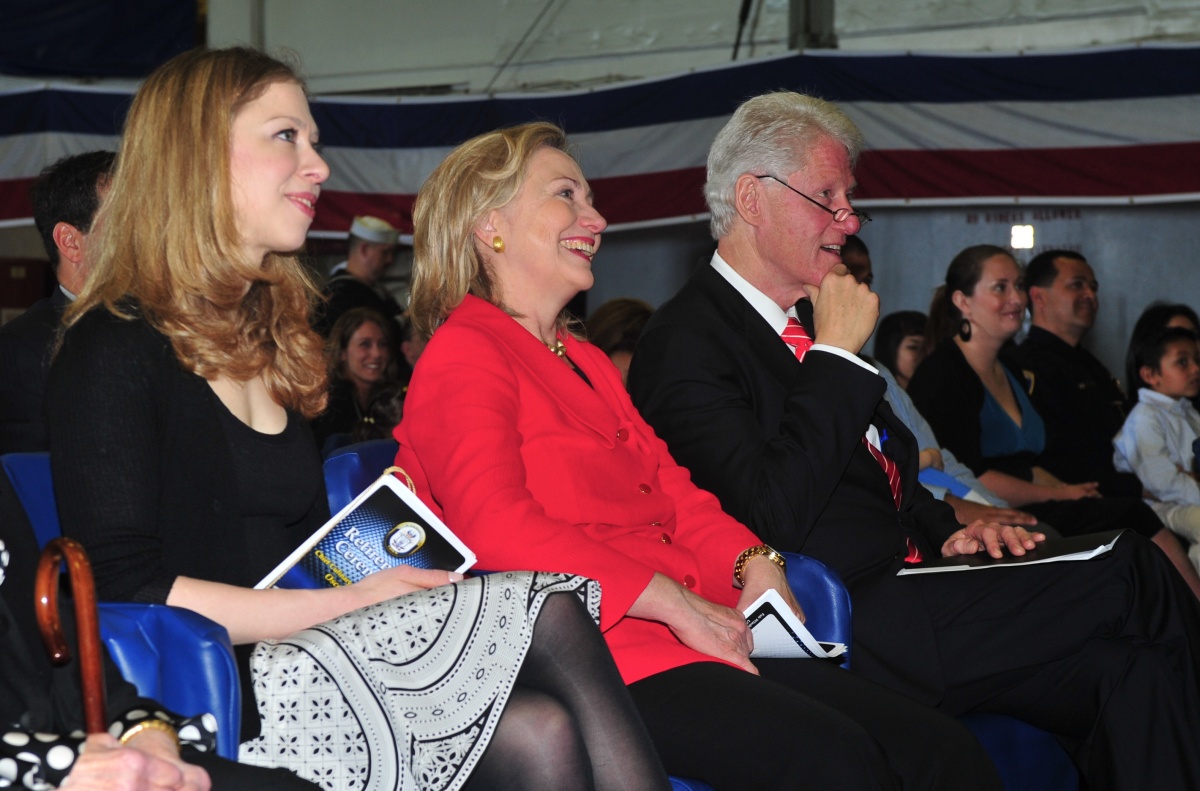We live in a both/and world that is often treated as an either/or. I think it’s important to acknowledge, in today’s political climate of both fear and defiance, that both sides often have a point.
In the spring of 2015, I taught eighth grade Social Studies in Hayward for the final three months of the school year. We ended the year with a DBQ-based project (Document-Based Question – that’s just education jargon for providing students with excerpts from primary and secondary sources and instructing them to make an argument based on those sources) featuring the words of Dr. Martin Luther King Jr. and Malcolm X. The guiding question was, “What is the most effective way to protest systemic racism?” The majority of my students made (at times incredibly eloquent) arguments for nonviolence. Others made equally eloquent arguments for separatism. I believe some of my students were enamored of the idea that a teacher would allow them to write an essay that argued for the effectiveness of violence. However, most of the students who chose that argument did not fall into that camp. Most of the students who chose that argument thoughtfully considered the source material in front of them (Dr. King and Malcolm X’s words, along with current event articles on the protests in Ferguson and Baltimore and case studies in community policing) and decided that the traditional (or perhaps sanitized is the best word – it’s clear from Donald Trumps treatment of Rep. John Lewis that not everyone understands the extraordinary violence nonviolent protesters often face) modes of nonviolent protest were perhaps not enough. These students did not tend to advocate open violence; they were attracted to Malcolm X’s ideas on separatism. Below, I have provided a selection of conclusion paragraphs from the students’ completed essays. We live in a both/and world that is often treated as an either/or. I think it’s important to acknowledge, in today’s political climate of both fear and defiance, that both sides often have a point. The students who wrote the research papers which are excerpted below are tenth graders now; that means they will be eligible to vote in 2020. If demographics matter to you, two of these students identify as Asian American, one identifies as African American, one identifies as White American, and one identifies as Latina.
“It’s pretty clear from words from some of the best advocates for Civil Rights and proof from society that separatism is the strongest weapon towards the racial injustice that is still around today. If MLK and Malcolm X chooses separatism over violence, that has to mean that separatism has something violence doesn’t; and it does. Separatism in a nutshell is not physically fighting back but standing against the unfair and oppressors by refusing to follow the laws of unjust and taking what is there and shape it into something truly beneficial. It’s time to change the twisted system that was built in the 1900s. It’s important that we look back into the history and roots of the problems because all the pain and unjust is what shaped today’s society. It makes up what people are a part of, and it can give direction for people to create a better future. King once said in his infamous ‘I Have A Dream’ speech, ‘With this faith we will be able to work together, to pray together, to struggle together, to go to jail together, to climb up for freedom together, knowing that we will be free one day.’ It’s important to remember moving forward: One person or a group of people cannot control the actions of another person or group of people, but they can improve themselves as group, a collective together to create something that will stop the unjustified actions of the other person or group and create a better tomorrow- the tomorrow that King dreamt and fought so incredibly hard for.” -Emily, an eighth grader in Hayward, CA
“Today systemic racism still happens to target African Americans as it did back then. In a New York Times article from 2014, it said, ‘But the system, even when it’s run by a black mayor and a black commissioner, even when a majority of the city council is black, protects the police. no matter how blatant and brutal they are.’ So even today, we are still going through these problems and it’s mostly happening through violence brought upon blacks. So still to solve this problem, separatism is the best way to avoid systemic racism.” -Imani, an eighth grader in Hayward, CA
“Nonviolence may not always seem practical to use against aggressors, but non-violence is ever effective in solving things like systemic racism since it causes fewer troubles for the minority. En masse, nonviolent solutions people should be taking to solve systemic racism and other huge problems, nonviolent approaches prove to be effective in solving many racism-based problems, including systemic racism, violence does not [sic] anything and it’s not the only other option or resort in ending systemic racism, or any problem really. This research topic is important because it’s vital to recognize what solutions to problems have the least amount of consequences and risks, otherwise, people will have to deal with this fallout. As a whole, would the people of this nation want to see one of established peace, or one ridden in war?” -Sophia, an eighth grader in Hayward, CA
“Nonviolence is the best tactic because it can help people work together. In a speech by Martin Luther King jr he says, “with this faith we will be able to work together, to pray together, to struggle together, to go to jail together, to climb up for freedom together.” This is saying that this peacefulness will not be met unless we stay calm and nice with what we are trying to do. And that way is with nonviolence. In Martin Luther King’s speech, “Nonviolence: The only Road to Freedom” he says, “ … there is nothing quite so effective as a refusal to cooperate economically … evil in our communities.” This shows that the evil is violence and nothing is as great as the refusal to cooperate economically and this will help the most out of every other thing people are trying to do.” -Jeremy, an eighth grader in Hayward, CA
“Fixing the system can only be achieved through nonviolence. Violence only has downfalls and disrupts the connection between citizens, creating, not resolution, but a dystopia. Nonviolence is one of the best strategies as it can generate a tremendous amount of power and deliver a deep blow on the opposition, With only a harmless, yet effective, method can equality actually be restored. With violence, community relations are destroyed and a sense of dominance will always remain on one side or the other. A plan of nonviolence is stirring among more and more people nowadays. Not only can it keep the peaceful relations of citizens, but nonviolence is becoming popular and successful. So, is it really important? Should people care about it? Yes. are you not a human trying to live well in this world? Everybody has a voice and with nonviolence, your voice can be heard. Maybe systemic racism doesn’t affect you at all; it it does for millions of others in this world and the people who are peacefully protesting now, are guaranteeing that you and billions of others do not meet the same fate. The more people, the louder nonviolence gets and has to be listened to. So why wouldn’t you join?” -Jason, an eighth grader in Hayward, CA


